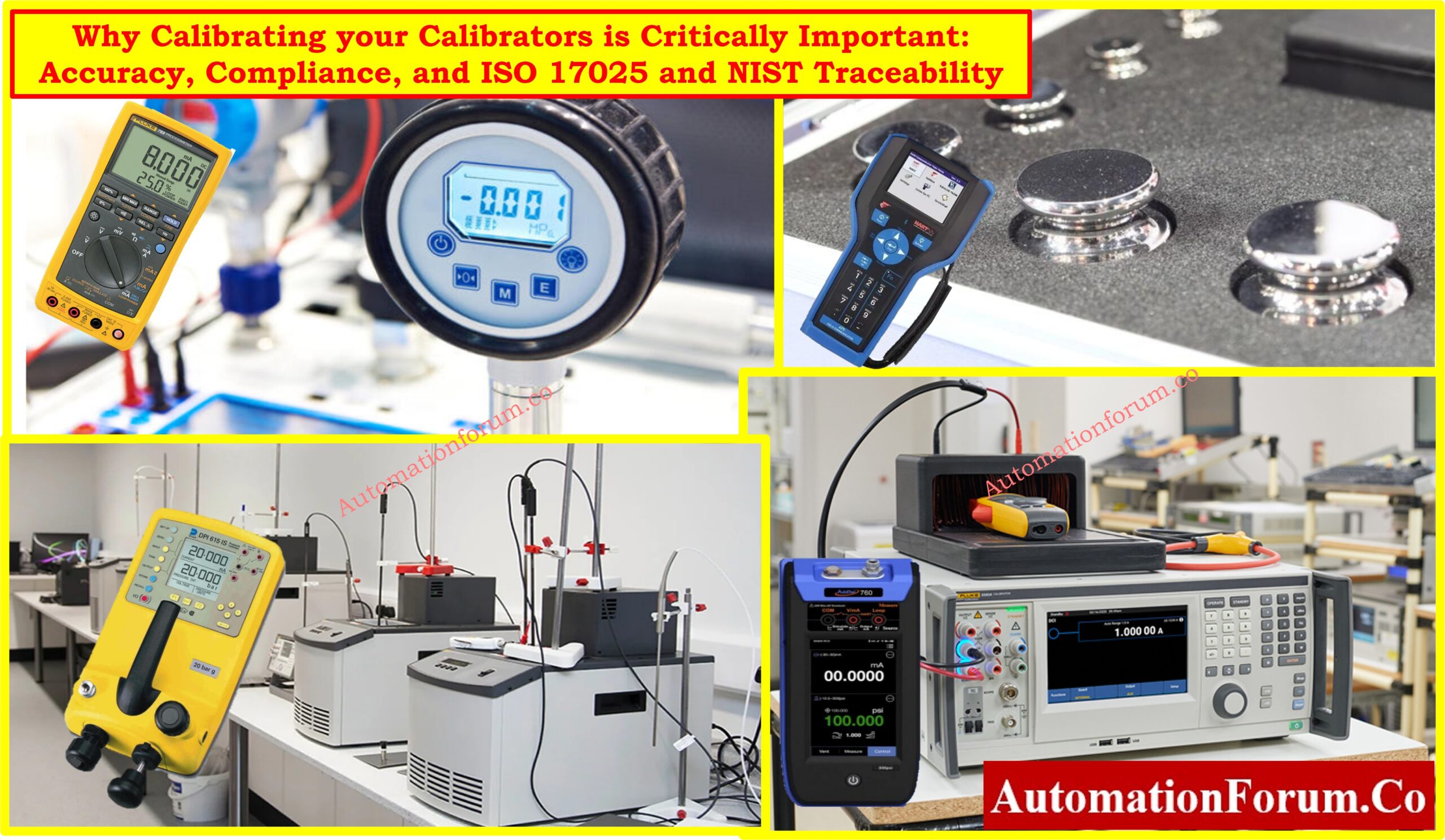Capacitive level transmitters are used to measure the liquid level in a tank by detecting changes in capacitance. The capacitance varies as the level of the liquid in the tank changes.
This conversion calculator will help convert capacitance values into the corresponding liquid level.
What is the formula for a capacitive level sensor?
Formula for Capacitance to Level Conversion Calculations
The formula for converting capacitance to level is:

Where:
- L = Liquid level (in meters or feet)
- C = Measured capacitance
- C0 = Capacitance when the tank level is at zero
- Cmax= Capacitance at maximum level
- H= Height of the tank (in meters or feet)
Click here for Principle, Installation and trouble shooting of capacitance type level transmitter
Example Calculation:
Suppose we have the following data:
- Capacitance measured (C) = 60 pF
- Capacitance at zero level (C0?) = 20 pF
- Capacitance at maximum level (Cmax) = 100 pF
- Height of the tank (H) = 10 meters
Now, let’s calculate the liquid level using the formula.

So, the liquid level is 5 meters.
Steps to Use the Calculator:
- Obtain the current capacitance reading from the capacitive level transmitter installed in the tank.
- Input the measured capacitance (C), the capacitance at zero level (C0), the capacitance at maximum level (Cmax?), and the height of the tank (H).
- Apply the formula to convert the capacitance into a liquid level. This will give you the liquid level as a proportion of the tank height.
Use of the Capacitance to Level Conversion Calculator
This calculator is essential for accurately determining the liquid level in a tank using a capacitive level transmitter. Capacitive level transmitters measure changes in capacitance as the liquid level varies, and this calculator helps convert the measured capacitance into a corresponding liquid level.
- In industries like chemical processing, water treatment, and oil and gas, the calculator can be used to monitor the level of liquids in tanks in real-time by converting the measured capacitance into a liquid level.
- For managing the stock levels of liquids in large storage tanks, the calculator ensures precise control over the liquid quantity by providing the exact level based on capacitance readings.
- The calculator is useful for integration with automated control systems in refineries, power plants, or manufacturing processes, where liquid level information is used to trigger alarms, pumps, or other process controls.
- Monitoring critical liquid levels, such as coolant levels in power plants or chemical levels in reactors, can prevent overflow, ensure system safety, and maintain operational efficiency.
- When calibrating capacitive level transmitters, this calculator helps validate the accuracy of the transmitter by converting capacitance measurements into levels for comparison against physical measurements.
- During the design phase of tanks and liquid systems, engineers can use this calculator to predict the performance of capacitive level transmitters and ensure they meet operational specifications.
- The calculator can be used during troubleshooting to verify if the capacitive level transmitter is giving the correct level readings. By comparing expected versus actual values, maintenance teams can identify faults in sensors or wiring.
By using this calculator, field engineers, plant operators, and technicians can convert capacitance readings into precise liquid levels for process control, monitoring, and optimization.
Here you can refer more Online Instrumentation Calculators Collections
FAQ on Capacitance to Level Conversion Calculator for Level Transmitters
What is the capacitance of a level transmitter?
The capacitance of a level transmitter is the ability of the device to store an electric charge in response to changes in the liquid level within a tank. This capacitance value varies based on the liquid’s height, as the dielectric constant changes when the liquid fills or empties. The transmitter detects this change and converts it into a corresponding level measurement.
How do you calculate capacitance in level measurement?
To calculate capacitance in level measurement, you typically need to know the capacitance when the tank is empty (C0?), the capacitance at maximum fill (Cmax), and the measured capacitance (C) at any given time. The level (L) can then be calculated using the formula:
where H is the height of the tank. This formula allows you to convert the capacitance reading into a liquid level measurement.
How is capacitance used to measure level?
Capacitance is used to measure level by detecting changes in the dielectric constant between two electrodes within the tank. When the level of the liquid changes, the dielectric constant changes as well, altering the capacitance. The level transmitter senses this change in capacitance and translates it into a corresponding liquid level reading. This method is effective for both conductive and non-conductive liquids.
What is the use of a capacitor in a transmitter?
In a capacitance level transmitter, the capacitor is integral to sensing changes in liquid levels. It forms part of the sensor element, which detects variations in capacitance as the liquid rises or falls. By measuring the capacitance changes, the transmitter can determine the liquid level within the tank. Capacitors in transmitters are also used to maintain stability and filter out electrical noise, ensuring accurate and consistent readings.
Click here for Calibration of capacitance type level transmitter





